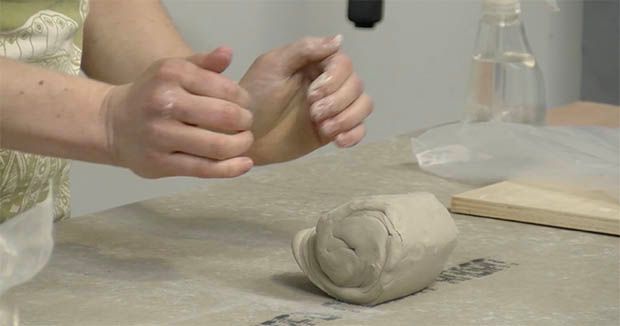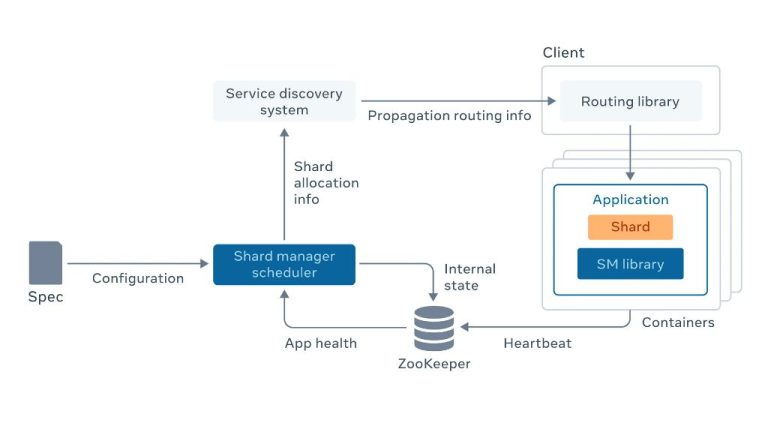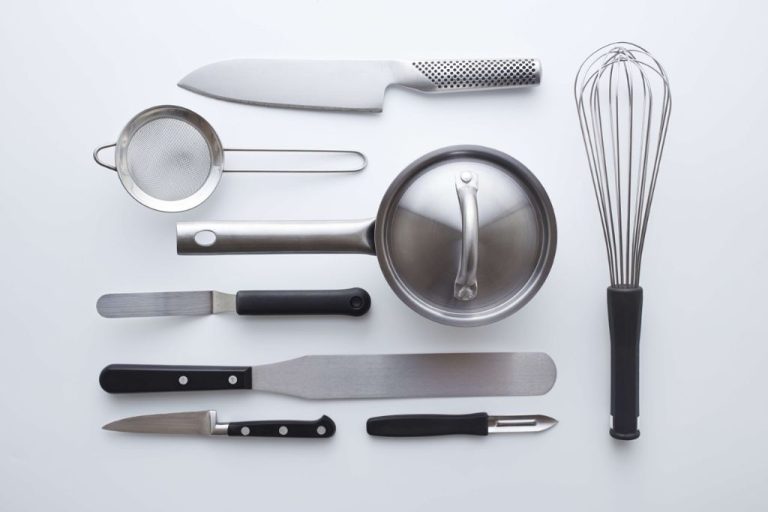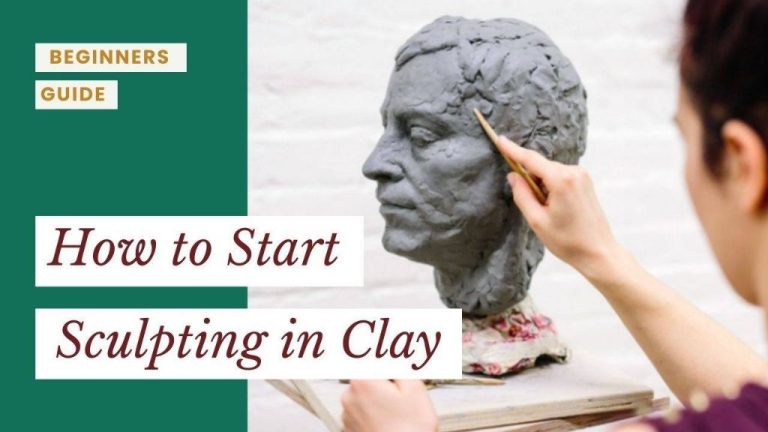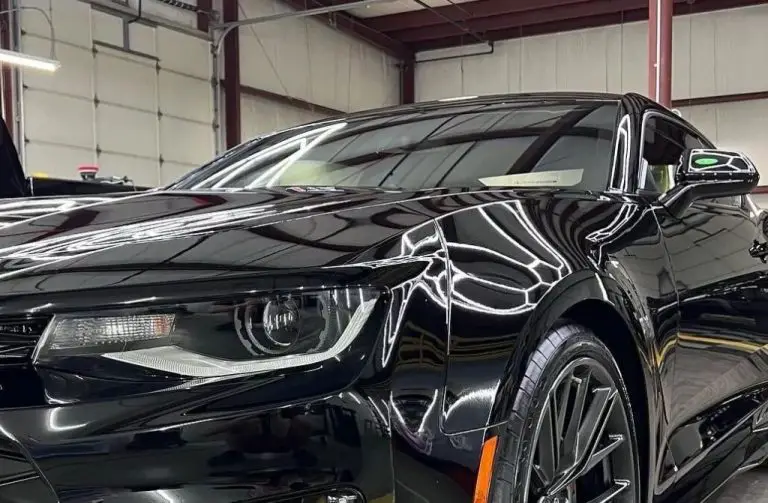Can You Bake Ceramic In The Oven?
What is Ceramic?
Ceramics are inorganic, non-metallic materials typically made from compounds of clay and mineral powders that are shaped and then fired (heated) at high temperatures to achieve desired properties. The word “ceramic” comes from the Greek term keramos, meaning potter or pottery. Ceramics are primarily made up of metal oxides, nitrides, and carbides with varying compositions. Some key defining properties of ceramic materials are hardness, brittleness, chemical inertness and resistance to heat and corrosion [1].
There are many different types of ceramic materials, but they can generally be categorized into three main groups: glasses, crystallines, and non-crystallines. Glasses like silicate glass do not have an ordered crystalline structure. Crystalline ceramics such as alumina have a highly ordered structure. Non-crystalline ceramics such as porcelain have a partially ordered structure [2]. The raw materials used to create ceramics include clays, quartz sand, feldspar, limestone, dolomite, aluminum hydroxide, and talc, among others.
Due to their heat resistance, hardness, chemical stability, and varied properties, ceramics have many industrial and domestic applications ranging from construction materials, electronics, aerospace, automotive, and medical implants [3]. Key properties that make ceramics useful include high melting temperatures, hardness, low thermal expansion, and excellent electrical insulation.
Heat Tolerance of Ceramic
Ceramic materials are valued for their high heat tolerance and resistance. Fine ceramics such as alumina and zirconia can withstand extremely high temperatures up to 2,000°C before beginning to melt or deform (https://global.kyocera.com/fcworld/charact/heat/heatresist.html). Technical ceramics are generally classified as either oxide ceramics like alumina or non-oxide ceramics like silicon carbide. Both types exhibit exceptional thermal shock resistance and stability at high temperatures.
The melting point of ceramic depends on the specific material composition, production method, and whether a glaze is applied. Unglazed ceramics typically have higher melting points. For example, unglazed alumina can withstand temperatures up to 2,000°C whereas porcelain glazes melt around 1,200-1,400°C (https://en.wikipedia.org/wiki/Ultra-high_temperature_ceramic). The glaze creates a glassy outer layer that is softer than the dense inner ceramic material.
Technical ceramics retain their strength and structure in rapid heating and cooling cycles. This thermal shock resistance allows ceramics to go directly from the oven into cold water without cracking or shattering. The inert properties of ceramic prevent chemical changes during exposure to heat. Overall, ceramics are more heat tolerant than metals, polymers, and composite materials.
Oven Temperatures
Ovens have a range of different temperature settings depending on the cooking mode. According to Wikipedia, a moderate oven temperature is between 350-375°F (180-190°C), while a hot oven is 400-450°F (200-230°C) [1]. Real Simple provides more detail, stating that 325-350°F is the most common baking range, while 375-400°F is better for shorter baking times. They recommend 450-475°F for broiling. Self-cleaning modes may reach temperatures up to 900°F.
Most home ovens have settings ranging from warm (around 200°F/100°C) up to broil (500°F+/260°C+). According to the Oven Temperature Chart on Apron Free Cooking, slow baking is 300-325°F, moderate is 350-375°F, hot is 400-425°F, and very hot is 450-475°F [2]. Higher temperatures help bake foods more quickly by transferring heat faster, but can increase the risk of burning.
Risks of Baking Ceramic
There are several potential risks associated with baking ceramic in an oven. The main risks include cracking, glaze burning off, melting, and smoke.
Ceramic can crack or shatter when exposed to sudden temperature changes or direct high heat. Putting ceramic ware at oven temperatures can cause thermal shock, leading to cracks or breaks (Food Network, 2023). Unglazed ceramic is more prone to cracking in the oven than glazed.
The glaze on ceramic can burn or bubble off at high temperatures. Glazes are made from glass-forming minerals and compounds. They can start to melt, deform, or burn away in oven heat, especially if subjected to broiling temperatures above 500°F (Pure & Simple Nourishment, 2021). This can expose the clay body and create safety issues.
Some ceramic compounds like modeling clay can completely melt and deform when baked. Items like polymer clay Sculpey are specifically designed to melt and harden when baked. But standard ceramic clay bodies will melt at high enough temperatures. This can ruin the shape of ceramic pieces.
Heating ceramics may produce smoke or fumes depending on the composition of clays and glazes used. The smoke indicates the release of chemicals as compounds start decomposing under heat. Inhaling ceramic fumes can irritate lungs.
Tips for Baking Ceramic Safely
When baking ceramic in a standard oven, it’s important to take precautions to prevent cracking or shattering. Here are some tips:
Start with low temperatures. Do not immediately put cold ceramic into a hot oven. Begin by baking at 150-200°F and slowly increase the temperature in increments of 25 degrees. This allows the ceramic to warm gradually and prevents thermal shock, according to the blog Nom Living (https://nomliving.com/blogs/thingswedo/can-i-put-ceramic-plates-or-dishes-in-the-oven).
Use kiln posts or ceramic stilts if available. These posts lift glazed ceramic off the oven rack and allow air circulation underneath to prevent cracking from direct contact with metal racks, suggests Homeschooling Ideas (https://www.homeschooling-ideas.com/fire-pottery-in-an-oven.html).
Allow ceramic to cool down slowly once baking is complete. Do not put hot ceramic directly on a cold surface or rapid temperature change can cause breakage. Let the ceramic cool gradually inside the warm oven or on a towel.
Glazed vs Unglazed Ceramic
Glazes provide a protective coating on ceramic that makes the material more resistant to heat damage and absorption. According to this source, glazed ceramics can generally withstand higher oven temperatures than unglazed.
Unglazed ceramic is more porous and susceptible to heat damage at lower temperatures. However, unglazed ceramics are considered safer for direct food contact since there is no risk of lead release from the glaze.
In summary, glazed ceramic bakeware can be used at higher oven temperatures safely, while unglazed is recommended for direct food use despite lower heat tolerance.
Best Ceramics for Baking
When it comes to choosing the best ceramics for baking, look for options made from heat-resistant stoneware, tempered ceramic, or terra-cotta. These materials stand up well to the high temperatures inside an oven without cracking or breaking down.
Stoneware is an excellent choice as it is fired at very high temperatures which makes it durable and strong. Top brands like Le Creuset and Staub make stoneware casserole dishes and baking pans that distribute heat evenly and bake up crispy, golden results. The Staub Rectangular Baking Dish is a highly-rated stoneware option perfect for roasting and baking [1].
Tempered ceramic is another material suitable for baking. Tempered ceramic has been reinforced so it can withstand rapid temperature changes without shocking. Sur La Table’s ceramic bakeware sets feature fully glazed tempered ceramic pieces safe for the oven. The glaze helps protect against staining and sticking [2].
Terra-cotta, like stoneware, can be fired at very high temperatures making it durable for baking. Traditional terra-cotta dishes like cazuelas and Spanish cazuelas have sloped sides perfect for braises and roasts. Modern terra-cotta bakers from brands like Emile Henry can safely go from the freezer to oven to table.
Ceramic Bakeware Options
Some popular ceramic bakeware options that work well in the oven include:
- Casserole dishes – Ceramic casserole dishes with lids are great for baking casseroles, mac and cheese, lasagna, and other one-dish meals. Glazed ceramic casseroles provide even heating and a nonstick surface.
- Pie plates – Ceramic pie plates allow the crust to brown evenly and make it easy to slice and remove slices of pie. Unglazed stoneware pie plates can give a crisp crust.
- Ramekins – Small ceramic ramekins are perfect for baking individual soufflés, crème brûlée, custards, and other desserts. Their thicker walls retain heat well for even baking.
- Baking dishes – Rectangular and square ceramic baking dishes work well for roasting vegetables, baking bars and brownies, and other items. Choose a size to fit your needs.
- Bread pans – Ceramic bread pans provide great heat conduction for evenly baked loaves of bread. The material keeps the edges from overbrowning.
- Muffin pans – Nonstick ceramic muffin pans make it easy to remove muffins after baking. The ceramic evenly browns the muffin tops and prevents sticking.
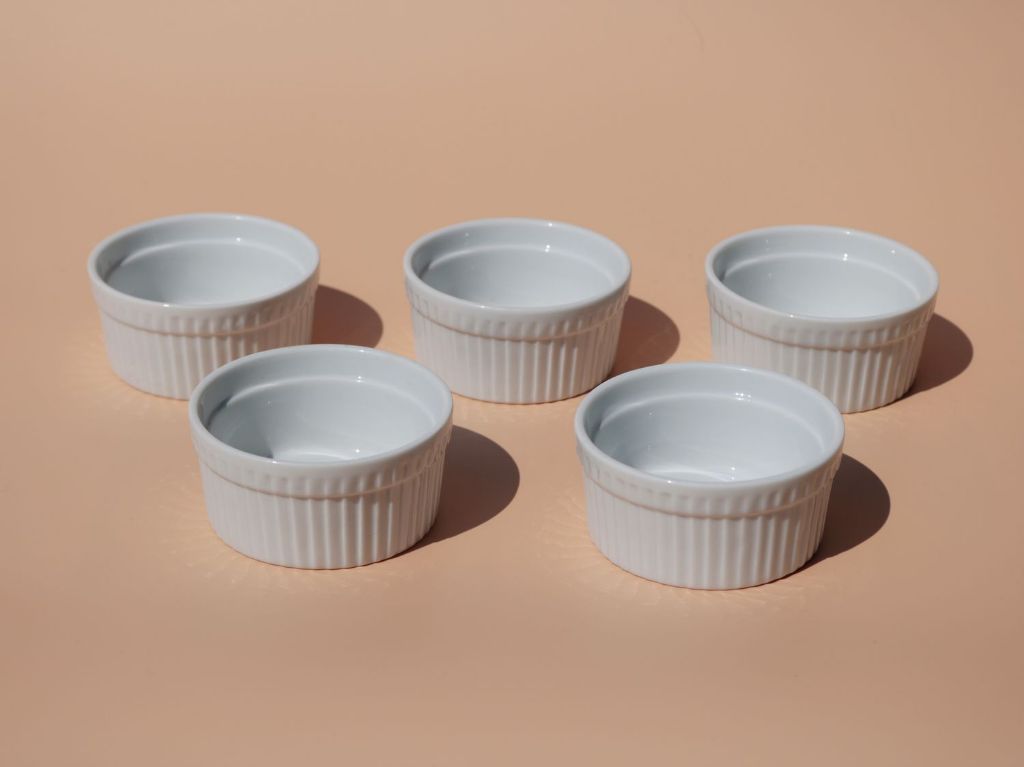
When choosing a ceramic baking dish, opt for high-fired ceramic that can withstand oven temperatures up to 450°F or higher. Also look for thicker, more durable ceramic, especially for items like casserole dishes. Purchase lids separately if needed. Target and Bennington Potters offer a wide selection.
Ceramic Care While Baking
When baking with ceramic, it’s important to avoid thermal shock which can cause cracking or shattering. Thermal shock occurs when there is a rapid change in temperature – for example, putting a cold ceramic dish straight from the fridge into a hot oven. Allow ceramic dishes to come to room temperature before baking.
Don’t exceed the maximum recommended temperature for your ceramic bakeware. Most ceramic is oven safe up to at least 400°F, but check the manufacturer’s guidelines. Exceeding the max temp can damage the glaze or cause cracking. According to Jenny Cartee Pottery’s care guidelines, never put pottery on the bottom rack under the heating element as excessive direct heat can crack ceramic.
After baking, resist the urge to run ceramic under cold water when hot – this also risks thermal shock. Allow your ceramic bakeware to cool slowly before cleaning. The KitchenAid guidelines say to let it stand until just warm before cleaning.
Conclusion
In summary, most ceramic materials can be baked in a standard oven safely if proper precautions are taken. The key points are:
- Unglazed ceramic without plastic or resin additives can tolerate very high oven temperatures, while glazed ceramic and ceramic with additives may only withstand 400-500°F.
- Always check the manufacturer’s instructions for recommended baking temperatures.
- Use care when moving ceramic in and out of the oven, as thermal shock can cause cracks or breaks.
- Allow ceramic to cool gradually after baking to prevent damage.
- Ceramic bakeware like ramekins, pie dishes and casserole dishes are excellent choices for the oven.
- Inspect ceramic carefully prior to baking and discard any pieces that are cracked or damaged.
With proper selection of ceramic material and care in baking, most ceramic can be safely and effectively baked in a standard oven for excellent results.

